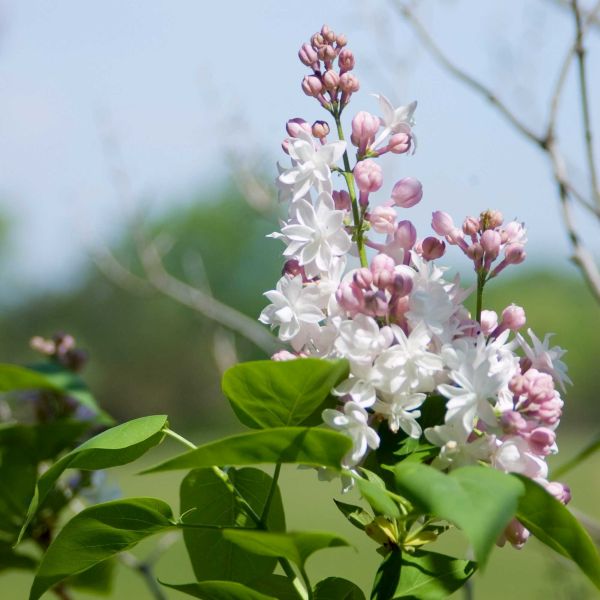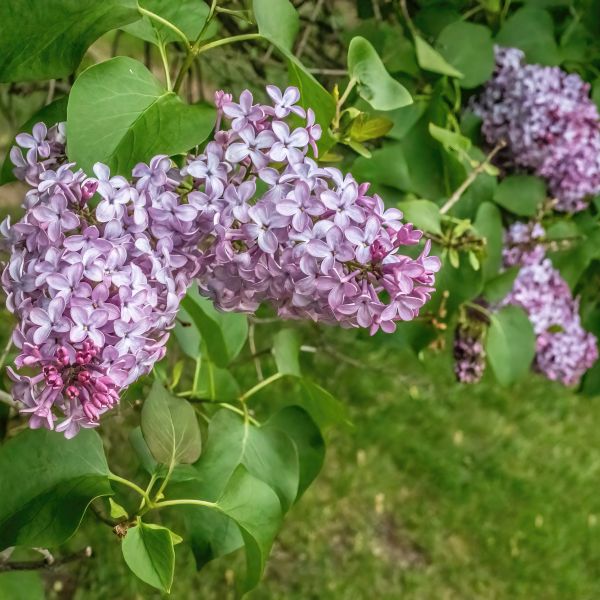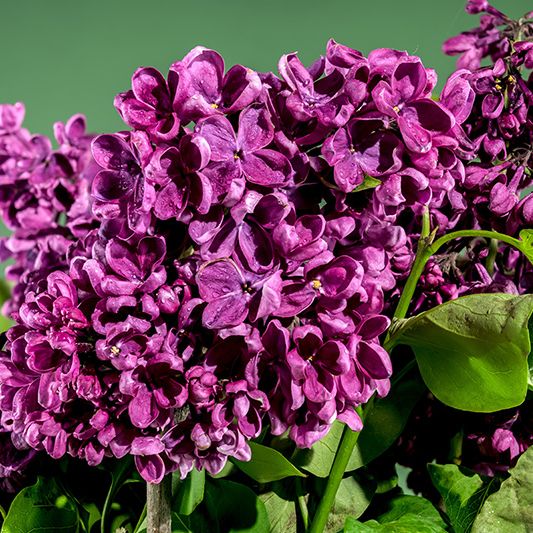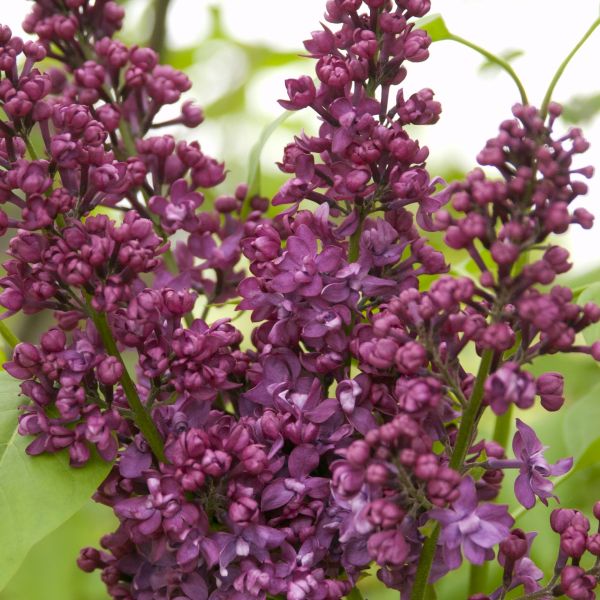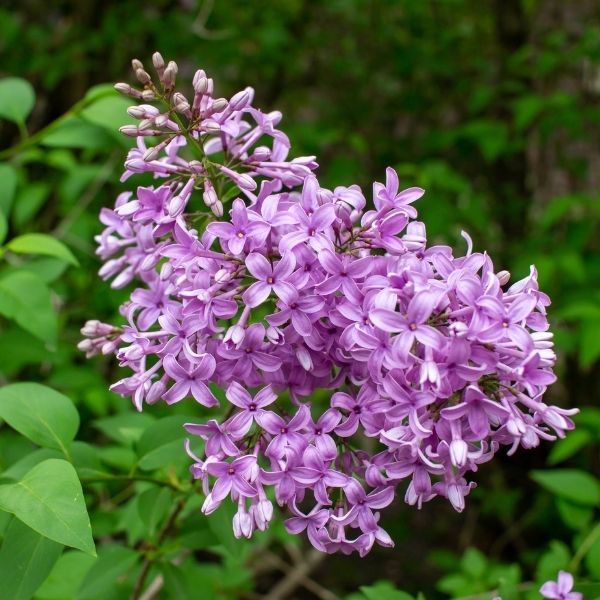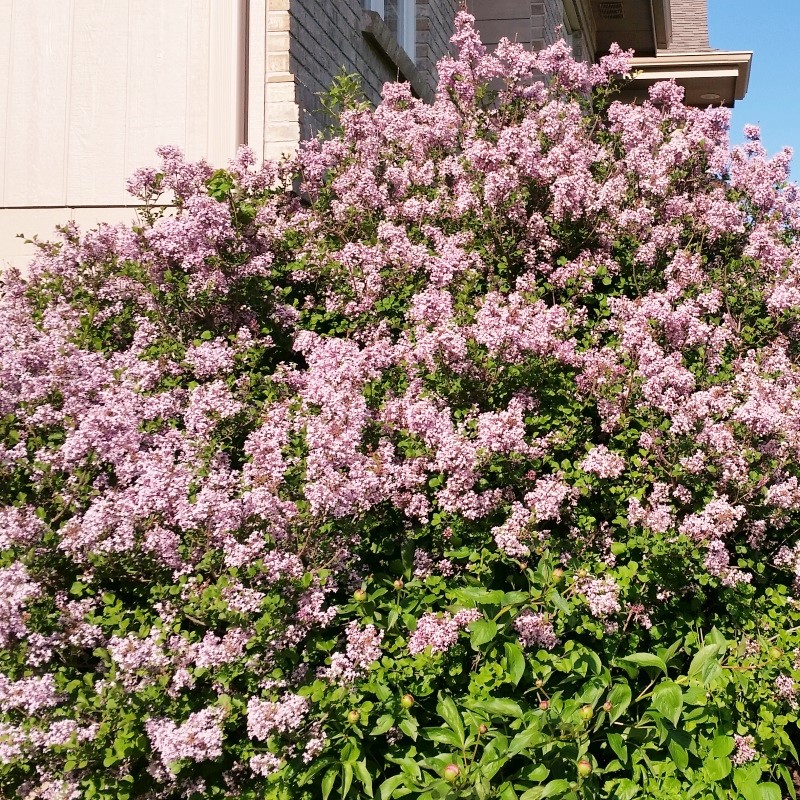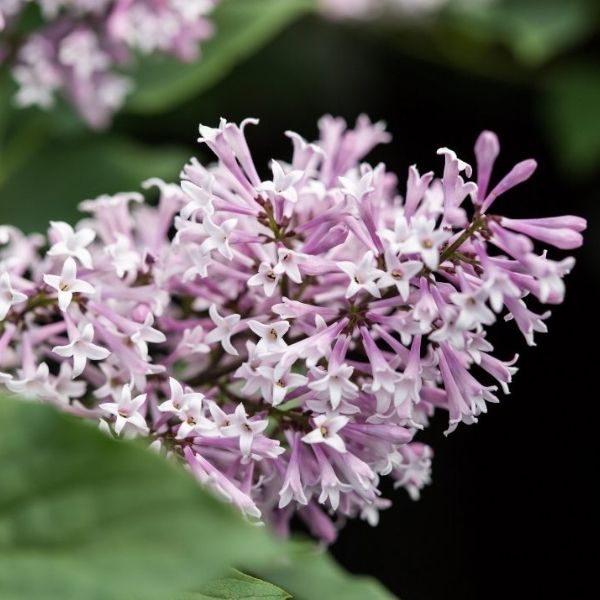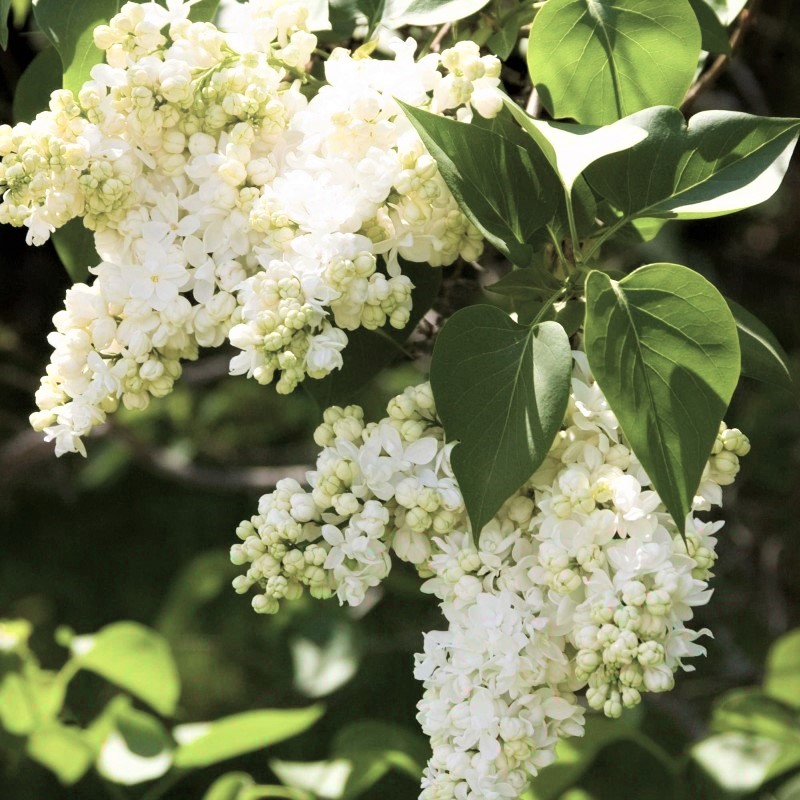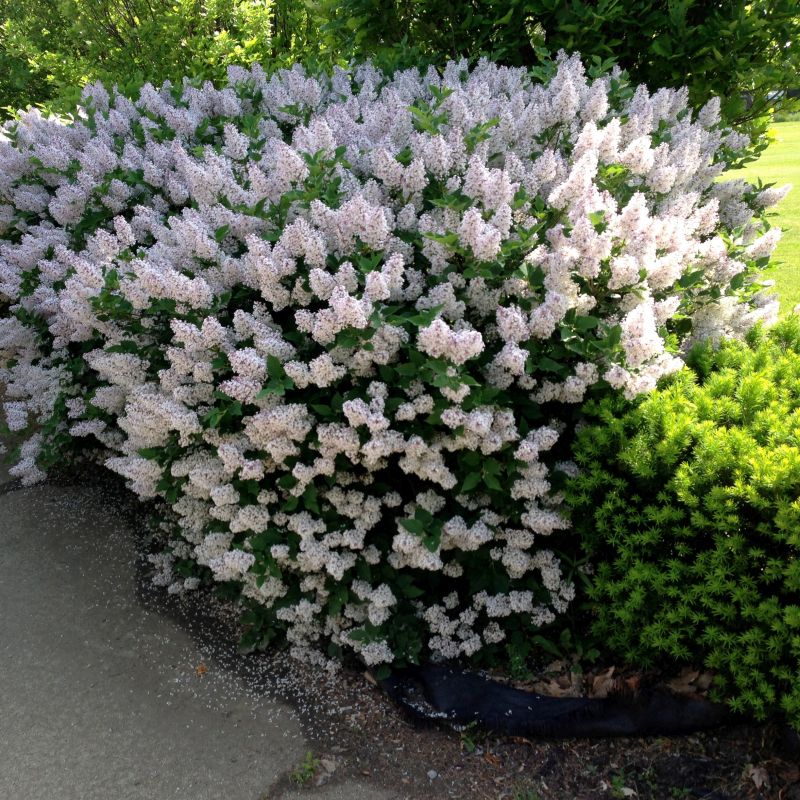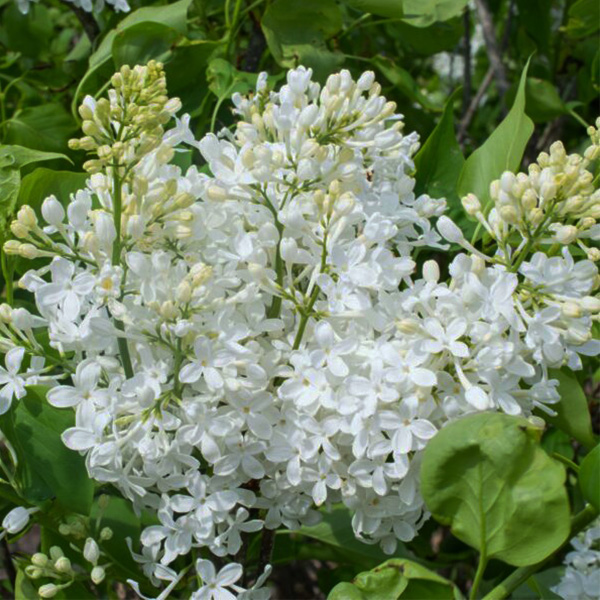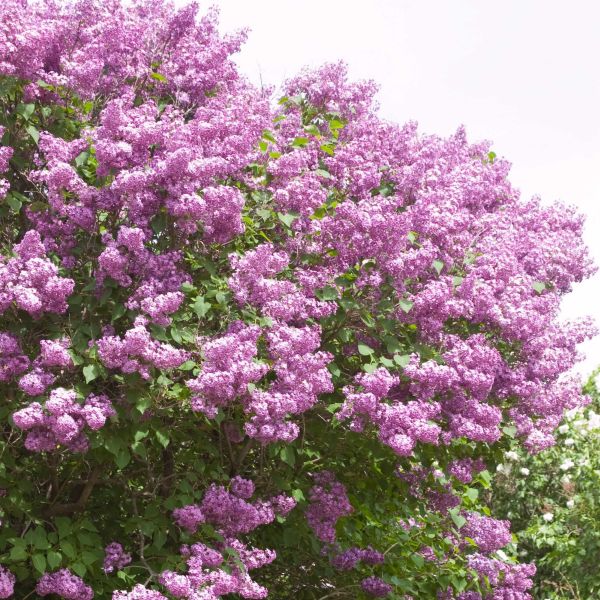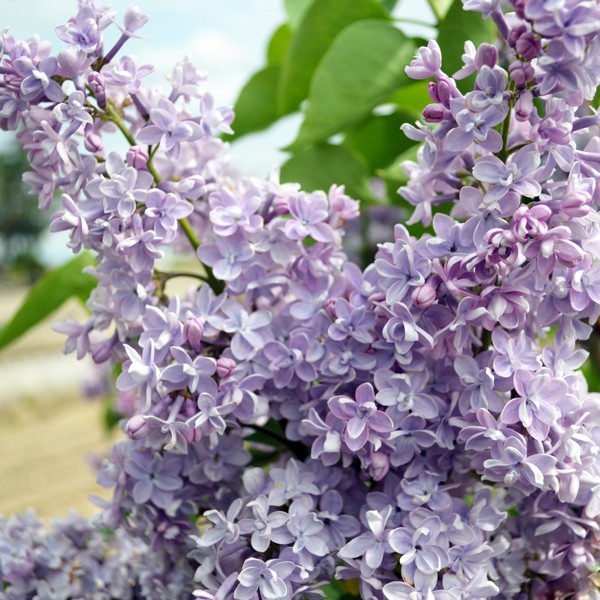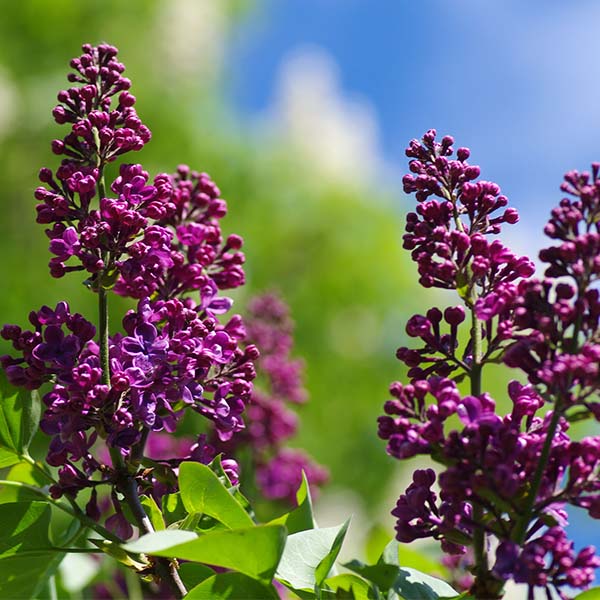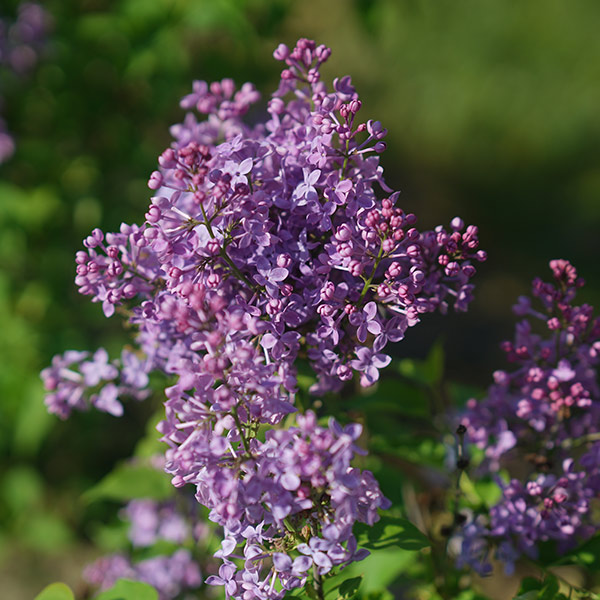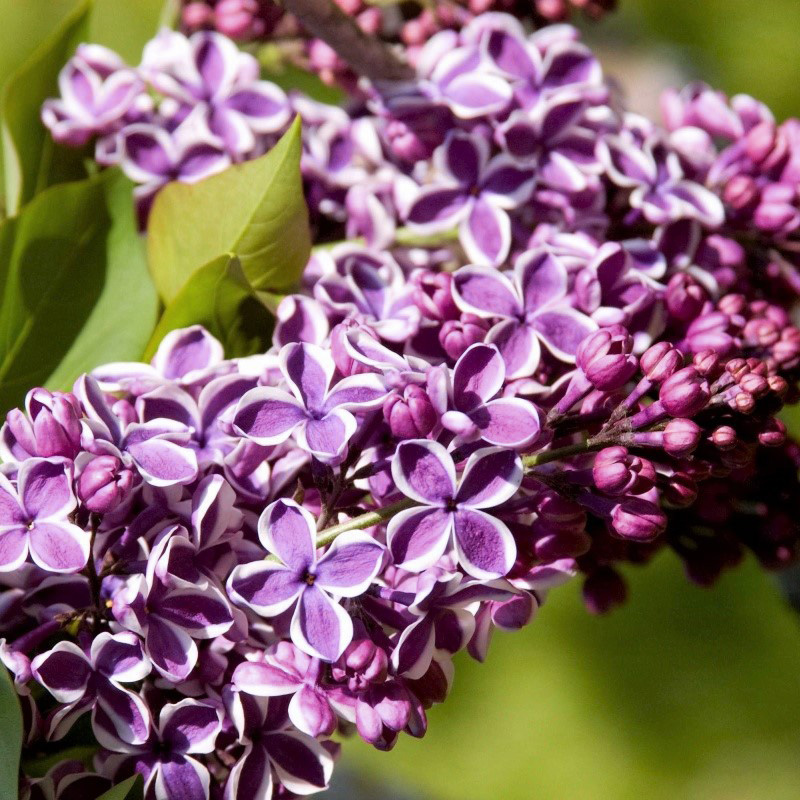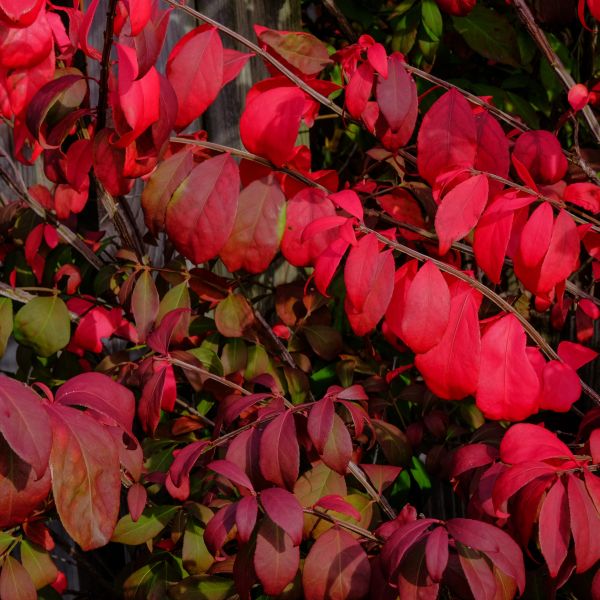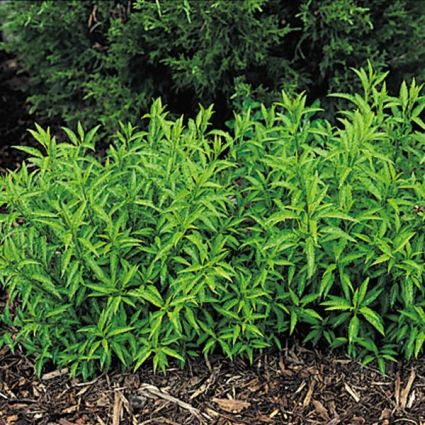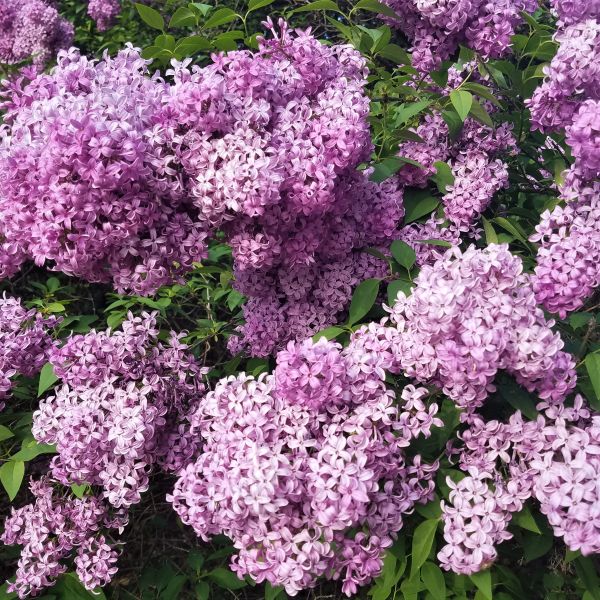
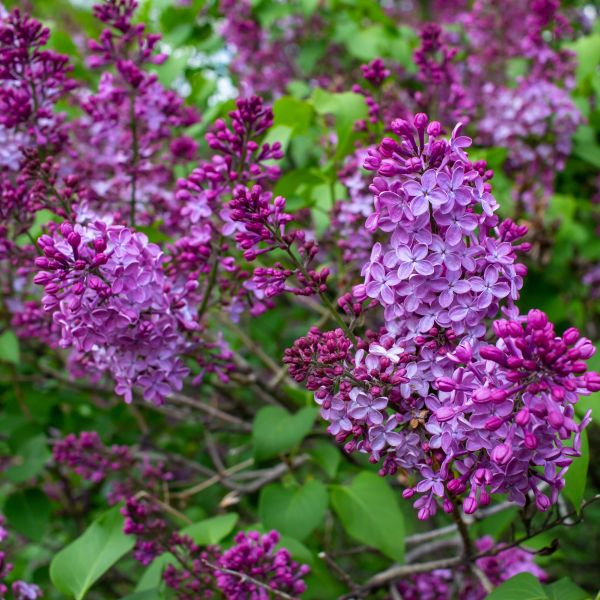
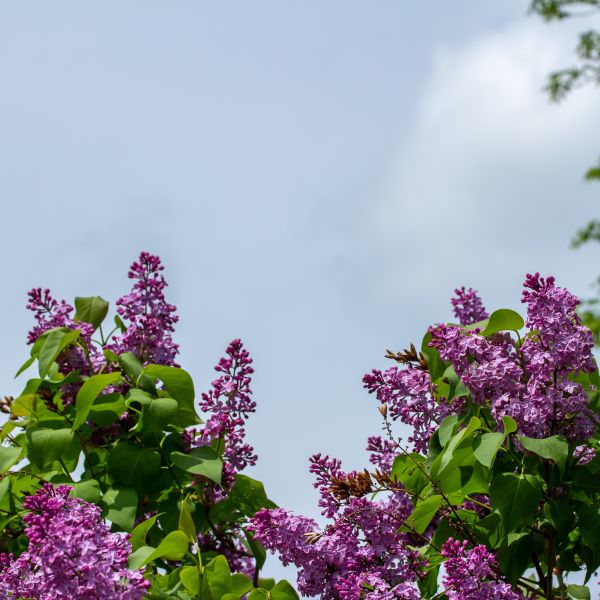
Persian Lilac
Syringa x chinensis 'Saugeana'
19 reviews
Persian Lilac
Syringa x chinensis 'Saugeana'
19 reviews
2.5 Gallon
We are sorry, product is currently out of stock due to seasonal availability. Please check the "Related plants available in your area" section below
Not just beautiful - intentionally selected by ShrubHub's 3D landscape design team to fit real-world spaces and maximize yard potential.
Why Persian Lilac?
The Persian Lilac, also known as Syringa x chinensis 'Saugeana', is a popular shrub in landscaping due to its lovely purple-pink flowers and sweet fragrance. It is a hardy and low-maintenance plant that can withstand various climates, making it a perfect choice for gardens, borders, or hedges. Its vibrant flowers bloom in late spring to early summer, adding a splash of color to any outdoor space. Additionally, the Persian Lilac attracts pollinators such as butterflies and bees, making it a great addition to
Related plants available in your area
Sunlight
The Persian Lilac requires full to partial sunlight, thriving best in locations that receive at least 6 hours of direct sunlight each day.
Watering
Persian Lilac, also known as Persian Lilas, generally require moderate watering. They prefer well-drained soil and need regular watering to keep the soil moist but not waterlogged. It is important to avoid overwatering as it can lead to root rot.
Fertilizing
Persian Lilac, also known as Syringa laciniata, prefers a well-draining soil enriched with organic matter. Regular applications of a balanced fertilizer, such as a 10-10-10 or 14-14-14 blend, in spring and early summer, can promote healthy growth and flowe
Persian Lilac, scientifically known as Syringa x persica, is a small deciduous shrub that belongs to the Oleaceae family. Its scientific name shows two species because Persian Lilac is actually a hybrid.
Persian Lilac is a relatively small shrub that can grow up to 6-8 feet tall and 5-7 feet wide. It has a compact habit and produces pale lilac, richly fragrant flowers in early summer amidst dark green leaves. Persian lilac flowers grow in clusters of up to 4 inches long and are usually tubular in shape and have such a sweet smell that they are usually used to make perfumes.
This flowering shrub is generally easy to grow. It only requires full sun (though it tolerates light shade, less sun means fewer flowers), good air circulation, and well-drained soil.
When it comes to soil types, Persian lilac is highly tolerant of a wide range of soil types, including sandy soil and clay soil.
Fairly regular pruning would do your Persian Lilac well. Other than removing dead branches, it's also recommended to keep the shrub at a desired shape and size. With bare-root plants, you should start pruning right after planting. As for fertilization, every couple of years in early spring would be more than enough!
Otherwise, Persian Lilac is drought tolerant and pest and deer resistant, meaning it wouldn't need a lot of maintenance. However, one disease it's susceptible to is powdery mildew, but it can be easily treated if spotted early. After you plant Persian lilac, water regularly and keep decent soil moisture for the first growing season to promote healthy roots.
Persian Lilacs are also relatively easy to propagate through cuttings or layering. This makes it a popular choice for gardeners who want to expand their lilac collection. They're good for various landscaping designs and can be used as a hedge or border plant.
Plant Information:
| Botanical Name: | Syringa x chinensis 'Saugeana' |
| USDA Zones: | 3 - 7 |
| Water: | Moderate |
| Exposure: | Full Sun |
| Soil Needs: | Widely Adaptable |
| Mature Height: | 4 - 8 feet |
| Mature Spread: | 5 - 10 feet |






Pollination Info
Pollination Info for Persian Lilac (Syringa x chinensis 'Saugeana')
Persian Lilac (Syringa x chinensis 'Saugeana') is capable of self-pollination but cross-pollination with other varieties can result in better fruit set and yield. The fruit of this plant is a dry capsule containing many small seeds. The pollination period for Persian Lilac is typically in late spring to early summer, when the flowers are in full bloom.
The primary pollinators for Persian Lilac are bees and other flying insects, although wind can also play a role in the pollination process. To attract pollinators, it is recommended to plant multiple lilac bushes in close proximity, as the fragrance of the flowers can attract bees from a distance.
Overall, pollination is crucial for the development of fruit and seed in Persian Lilac, and ensuring proper pollination can result in healthier and more productive plants.
FAQ
Persian Lilac (Syringa x chinensis 'Saugeana') FAQ
General Information
What is Persian Lilac?
Persian Lilac, also known as Syringa x chinensis 'Saugeana', is a deciduous shrub that belongs to the olive family (Oleaceae). It is a hybrid of two Chinese species of lilac, Syringa x pekinensis and Syringa sweginzowii.
What does Persian Lilac look like?
Persian Lilac is a dense, upright shrub that can grow up to 10 feet in height. It has dark green leaves and produces large clusters of fragrant, pale pink to lavender-pink flowers in the spring.
Where can Persian Lilac be grown?
Persian Lilac can be grown in USDA Zones 3-7. It prefers full sun to partial shade and well-drained soil.
Caring for Persian Lilac
How do I plant Persian Lilac?
Plant Persian Lilac in the spring or fall in well-drained soil. Dig a hole twice the width of the root ball and the same depth as the root ball. Backfill the hole with soil, tamp it down gently, and water thoroughly. Space multiple plants at least 8 feet apart.
How often should I water Persian Lilac?
Persian Lilac should be watered deeply once a week during dry periods. Avoid overwatering as this can lead to root rot.
When should I fertilize Persian Lilac?
Fertilize Persian Lilac in the spring with a balanced fertilizer such as 10-10-10. Follow the manufacturer's instructions for application rates.
How do I prune Persian Lilac?
Prune Persian Lilac after it has finished blooming in the spring. Remove any dead or diseased branches as well as any branches that are crossing or rubbing against each other. Thin out the center of the shrub to improve air circulation, and shorten the remaining branches to maintain the desired shape.
Do I need to protect Persian Lilac in the winter?
Persian Lilac is hardy in USDA Zones 3-7 and should not need winter protection in these zones. However, if you live in an area with harsh winters, you can cover the base of the shrub with a layer of mulch to help insulate the roots.
Common Problems
Why isn't my Persian Lilac blooming?
Persian Lilac may not bloom if it is not receiving enough sunlight or if it has not been pruned properly. Make sure the shrub is getting at least 6 hours of sunlight per day, and prune it after it has finished blooming in the spring.
Why are the leaves on my Persian Lilac turning yellow?
Persian Lilac may have yellow leaves if it is not getting enough water or if it is suffering from a nutrient deficiency. Make sure the soil is moist but well-drained, and fertilize the shrub according to the instructions on the package.
Why are the leaves on my Persian Lilac curling?
Curled leaves on Persian Lilac may be a sign of aphids, spider mites, or powdery mildew. Check the leaves and stems for signs of these pests or diseases, and treat them with the appropriate insecticide or fungicide if necessary.
Planting & Care
Planting and Care for Persian Lilac
Planting:
- Choose a sunny location with well-draining soil.
- Dig a hole twice as wide and just as deep as the root ball.
- Add compost or aged manure to the hole.
- Place the plant in the hole and backfill with soil. Tamp down lightly.
- Water well.
Care:
- Water regularly, especially during dry spells.
- Fertilize in early spring with a balanced fertilizer.
- Prune in late winter or early spring before new growth appears.
- Remove dead or damaged branches and thin out crowded growth to improve air circulation.
- Watch for pests and diseases and treat promptly.
Additional Tips:
- Persian Lilac can be propagated by taking softwood cuttings in early summer or hardwood cuttings in late fall.
- Deadheading spent blooms can encourage a second flush of flowers later in the season.
- Regular pruning can keep the plant more compact and encourage better flowering.
Check Out These Verified Customer Reviews:
Customer Reviews
4.7 out of 5 based on 19 reviews
Thank you! Your review has been submitted.
The website was easy to navigate and had a great selection of Persian Lilac products.
Fast shipping, very impressed.
I am very happy with my purchase of Persian Lilac. The item looked exactly as pictured on the website and was in great condition. The quality is fantastic. The shipment was prompt, and the customer service was friendly and responsive.
Item has been added to your cart.



